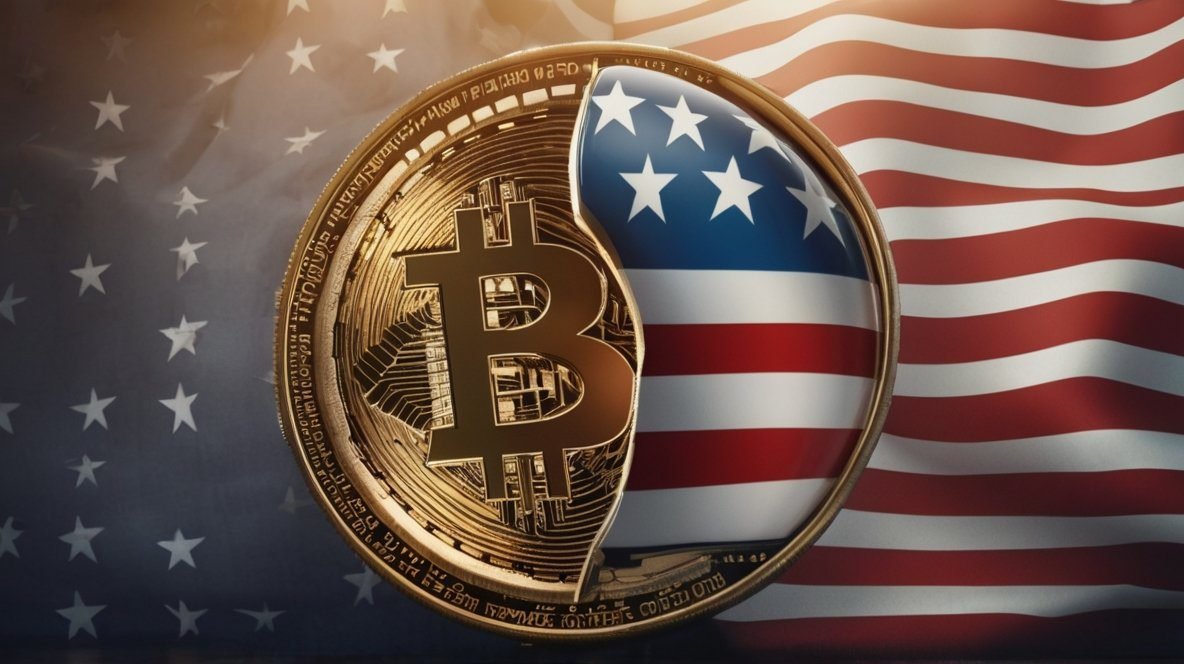US Inflation Cools, But Crypto Market Remains Subdued

The recent dip in US inflation data has sent traditional markets soaring. The S&P 500 reached new highs, fueled by the prospect of a more accommodative Federal Reserve and the potential for lower interest rates. However, the cryptocurrency market seems to be missing the party. Bitcoin and other digital assets remain subdued, despite historically benefiting from similar economic conditions. Let’s delve into the reasons behind this crypto conundrum.
Lower Rates, Higher Liquidity
Typically, a low-interest-rate environment coupled with increased liquidity creates a sweet spot for riskier assets. Investors, with more capital and lower returns on traditional investments, are often drawn to high-growth assets like cryptocurrencies. This dynamic should theoretically benefit Bitcoin and its peers, as more capital in circulation translates to increased demand.
The Fed’s Balancing Act
The US Federal Reserve plays a critical role in managing inflation and economic growth. When inflation threatens to spiral out of control, the Fed raises interest rates. This discourages borrowing and investment, thereby slowing down the economy and tempering inflation. Conversely, when economic growth stalls, the Fed can lower interest rates and inject liquidity into the system, stimulating borrowing and investment. This expansionary policy, however, can also contribute to rising inflation.
The Disinflation Dissonance:
The latest inflation data, released in May 2024, showed a welcome deceleration. The core Personal Consumption Expenditures (PCE) index, a key inflation gauge, rose by a modest 2.6% year-over-year, aligning with economist expectations and marking the first time since March 2021 that inflation fell below the Fed’s 2% target. This positive development, coupled with a healthy 4% unemployment rate and rising personal income, propelled the stock market to record highs.
While lower inflation and the prospect of rate cuts might seem like a recipe for a crypto boom, another factor is dampening the spirits: the resurgent US dollar. Theoretically, cryptocurrencies, with their inherent scarcity and decentralized nature, should thrive in an environment of loose monetary policy. However, the Fed’s successful fight against inflation has strengthened the dollar relative to other major currencies, as evidenced by the rising US Dollar Index (DXY). A stronger dollar makes dollar-denominated assets like stocks more attractive to investors, potentially reducing demand for cryptocurrencies.
The current market sentiment points towards a “soft landing,” where the Fed manages to bring down inflation without triggering a recession. This scenario could lead to continued growth in the stock market without significant disruptions in the real estate market. Investors, anticipating this outcome, seem content to park their capital in traditional assets.
While the current economic climate might not be providing the immediate tailwinds the crypto market craves, some uncertainty remains. The Fed’s future monetary policy decisions and the overall trajectory of the US dollar will significantly impact the crypto landscape. As a result, a potential rally for Bitcoin and other cryptocurrencies later in 2024 remains a possibility.
Source Link
Author: Sb
This post was originally published on cryptonewsfarm.com
Read Also: Ethereum Founder Buterin Criticizes Current Crypto Regulations
Disclaimer: The information provided in this article is for informational purposes only and should not be construed as financial or investment advice. Cryptocurrency investments are subject to market risks, and individuals should seek professional advice before making any investment decisions.





